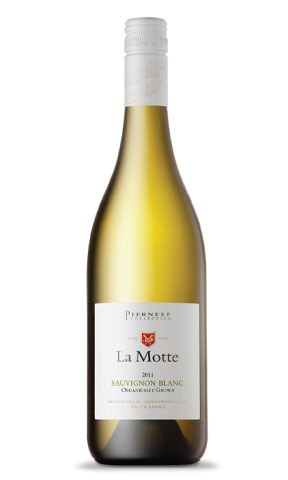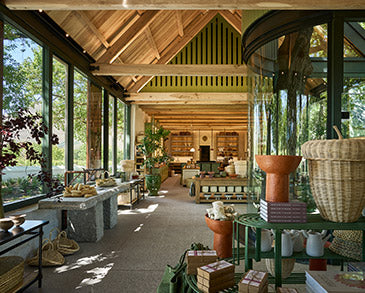
The wine is a blend of 85% Sauvignon Blanc and 15% Semillon. 35% of the Sauvignon Blanc is from Napier and 65% from Elim. Semillon is also from Elim. These vineyards falls under the origin Cape South Coast and are some of the most southerly vineyards in Africa.
Budding was visibly late, ascribed to a later winter and relatively cool climate until even the end of November. Summer remained cool, without heatwaves. As a result of these conditions, harvesting started between 10 and 14 days later than usual and only for the second time in 20 years did La Motte start harvesting as late as February. The Cape South Coast received a lot of rain and even though the grape production was low in Napier, the fruit was good quality.
Each vineyard grows in its own macro climate and different clones are represented. All the vineyards are trellised and managed to maintain a perfect balance between leaf coverage and yield. Most of the soils have a shale origin and the potential is medium. Due to cool conditions, low fertility is maintained, with a yield of approximately 6 tons/ha. Soils in the Elgin area are deeper, with a higher fertility potential and a yield of approximately 8 tons/ha.
The grapes were harvested at between 20 and 22 degrees Balling. The wine was allowed 16 hours of skin contact. Fermentation was at approximately 14 degrees Celsius. The wine was removed from the heavy lees and left on the fine lees for 5 months, followed by blending. 2500 cases were bottled in August 2020.
Vineyards in the cool, emerging wineproducing areas close to the southern tip of Africa are combined to produce a wine of Origin Cape South Coast. The wine is thiol-driven, with especially citrus flavours, and green pepper and Cape gooseberry flavours in the background. The palate is very elegant, with a mineral finish.
Alcohol 12,55% vol
Residual sugar 1,7 g/l
Total acid 6,6 g/l
pH 3,31












